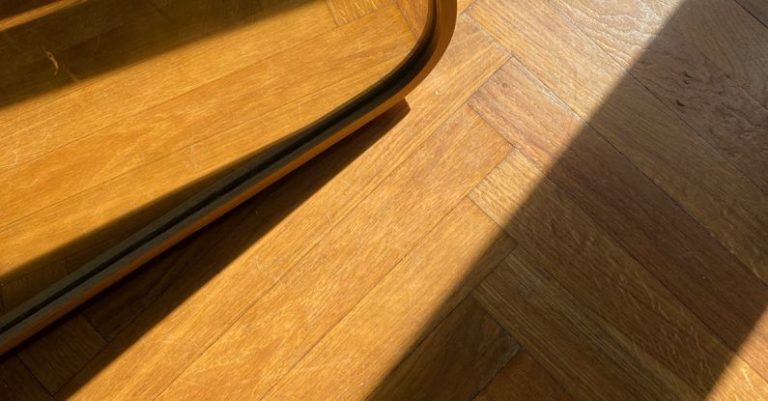Evaluating Different Types of Composite Materials for Construction
Composite materials have become increasingly popular in the construction industry due to their unique combination of properties that can offer superior performance compared to traditional materials. These materials are made by combining two or more different materials to create a new material with enhanced characteristics. When it comes to construction applications, the choice of composite material plays a crucial role in determining the strength, durability, and overall quality of the structure. In this article, we will explore and evaluate different types of composite materials commonly used in construction.
**Fiber-Reinforced Polymers (FRP)**
Fiber-reinforced polymers (FRP) are composite materials made of a polymer matrix reinforced with fibers such as glass, carbon, or aramid. FRP composites are known for their high strength-to-weight ratio, corrosion resistance, and durability, making them ideal for structural applications in construction. These materials are lightweight, easy to install, and require minimal maintenance, making them a cost-effective choice for various construction projects.
**Carbon Fiber Reinforced Polymers (CFRP)**
Carbon fiber reinforced polymers (CFRP) are a type of FRP composite that uses carbon fibers as the reinforcing material. CFRP composites are renowned for their exceptional strength and stiffness, making them an excellent choice for applications where high performance is required. These materials are commonly used in the construction of bridges, buildings, and other structures that need to withstand heavy loads and harsh environmental conditions.
**Glass Fiber Reinforced Polymers (GFRP)**
Glass fiber reinforced polymers (GFRP) are another type of FRP composite that utilizes glass fibers as the reinforcing material. GFRP composites are lightweight, non-corrosive, and have good impact resistance, making them suitable for a wide range of construction applications. These materials are commonly used in the manufacturing of cladding panels, rebar, and structural components in buildings and infrastructure projects.
**Natural Fiber Composites**
Natural fiber composites are a sustainable alternative to traditional composites that use natural fibers such as jute, hemp, or bamboo as the reinforcing material. These composites offer good mechanical properties, thermal insulation, and environmental benefits, making them an attractive choice for eco-friendly construction projects. Natural fiber composites are biodegradable, renewable, and have a lower carbon footprint compared to synthetic composites, making them a popular choice among environmentally conscious builders.
**Metal Matrix Composites (MMC)**
Metal matrix composites (MMC) are composite materials that combine metal matrices with reinforcing materials such as ceramics or carbon fibers. MMCs offer high strength, stiffness, and thermal conductivity, making them suitable for applications that require superior mechanical properties. These materials are commonly used in the aerospace and automotive industries but are also finding their way into the construction sector for specialized applications where lightweight and high-performance materials are needed.
**Evaluation and Selection Criteria**
When evaluating different types of composite materials for construction, several factors need to be considered to ensure the optimal choice for a specific project. Some key criteria to consider include:
– Strength and stiffness: The composite material should have the necessary strength and stiffness to support the intended loads and structural requirements of the project.
– Durability and corrosion resistance: The material should be able to withstand environmental factors such as moisture, UV exposure, and chemical corrosion to ensure long-term performance.
– Cost-effectiveness: The composite material should offer a good balance between performance and cost to meet the project budget requirements.
– Environmental impact: Consideration should be given to the sustainability and environmental impact of the material, especially for green building projects.
– Ease of installation and maintenance: The material should be easy to install and require minimal maintenance to reduce long-term costs and disruptions.
**In Summary**
Composite materials offer a versatile and innovative solution for construction projects, providing a wide range of benefits such as strength, durability, and sustainability. By evaluating and selecting the right type of composite material based on specific project requirements, builders and engineers can create structures that are not only structurally sound but also cost-effective and environmentally friendly. Whether it’s fiberglass, carbon fiber, natural fibers, or metal matrix composites, the choice of material plays a crucial role in the success of a construction project. Choosing the right composite material can lead to safer, more durable, and aesthetically pleasing structures that meet the demands of modern construction practices.






